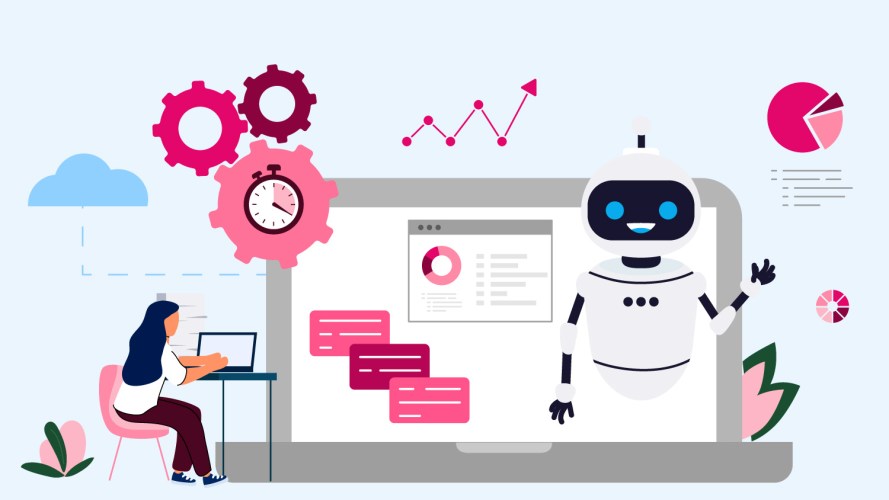How To Choose a Customer Data Platform (CDP)



Read how to evaluate and make the right buying decision for a customer data platform (CDP).

Chris O'Hara
So, you’ve decided that your organization is ready to start the customer data platform (CDP) journey. You’ve built a dedicated team around data and identified key use cases you want to achieve with the technology. Now, it’s finally time to figure out which solution to buy. Here are five key buying considerations to help you make the right decision.
1. How easy is it to implement?
In data technology, it can sometimes feel like you bought a Ferrari, but it’s stuck in the garage because nobody knows how to drive it. New technology can be difficult to implement — and no amount of software can help you unless you are trained to operate it.
Data management is no exception. Some CDPs on the market are configured for a highly technical user, such as the IT person building data architecture to support internal applications. There are also CDPs designed with a marketer as the end user. In the latter case, it’s important to look for products with a user interface (UI) that’s highly declarative, and a user experience (UX) design that’s aligned to what business personas need to accomplish. If you have to write code within the platform, it might be a tool that only your engineering team can operate.
2. How many data sources is it integrated with?
Why did Google give away TensorFlow, perhaps the world’s most sophisticated artificial intelligence algorithm library? It turns out, algorithms are only as good as the amount of data they work on! In the same way, your CDP is only as useful as the amount of customer data it processes.
A good CDP needs to ingest both known data like customer relationship management (CRM) records, email addresses, and call center and commerce data, and unknown data like browser cookies, web analytics, media interactions, and mobile advertising IDs. This requires integrations with existing marketing “clouds,” CRM systems, loyalty and point-of-sale systems, and the like — and a tag management infrastructure for collecting data from websites and media interactions — data management platform (DMP) tags, essentially. It also needs a strong set of APIs into the company’s partner ecosystem, along with the abilities to extract, transform and load (ETL) any type of customer data.
3. How does the system handle identity?
Customer identity can mean many different things depending on the type of data you primarily handle, but your CDP should be agnostic to any definition of “identity.” Specifically, it should handle the identity needs of CRM and marketing technology (customer resolution, single-sign-on, and CIAM); and the “adtech” part of identity (cross-device identity resolution and onboarding) that matches many different cookies and device IDs with a person ID.
CDPs should be all about people-based marketing, but also be able to identify people within a single household for B2C use cases, or map people in a company together for B2B purposes. Ask about the CDP’s device graph, and how it can resolve many different types of personally identifiable information (PII) and pseudonymous IDs to a person.
4. How does it handle privacy?
Part and parcel of the identity capability — and perhaps more critical — is the CDP’s ability to handle data and consumer rights. Is the system designed to simply handle opt-in/out privacy, or does it operate using granular consent flags that manage your ability to leverage customer data for things like data sharing, lookalike modeling, or re-identification? What about the CDP’s ability to snap to existing global policy regimes like GDPR — or adapt to new ones, like the forthcoming CCPA?
Your CDP also needs a granular way to manage data rights. (E.g., how can I share and provision my customer data to partners in a way that respects consumer rights?) Ask your CDP vendor how they’re prepared to stay compliant with new and existing data legislation, and how flexible their platform is.
5. How many endpoints is it connected with?
After capturing, unifying, and segmenting your customer data, you need to put it to work through activation. An enterprise CDP should not be limited to activating data on just a few channels. You need your CDP to activate data on the channels and surfaces your customers interact with you on — and you need that data to be made available in real time, at the speed of today’s customers.
Choosing a CDP that can activate data for email, SMS, and push campaigns is essential, along with data in programmatic media environments and seamless customer data sends to large social media advertising platforms and data to systems.
While selecting a CDP is a complex and important decision, if you cover these five categories in detail, you’ll be off to a good start on your evaluation.
To learn more about Salesforce’s CDP offering, check out this blog, and join us at Dreamforce for more exciting announcements and sessions with our experts!























